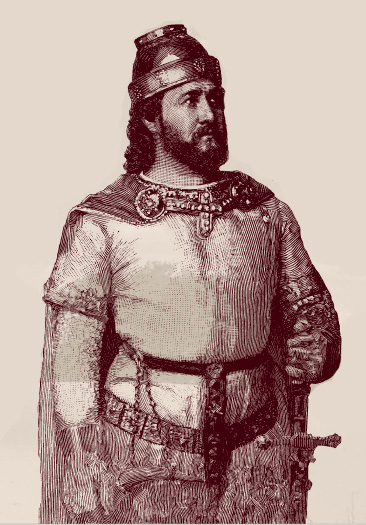Did the Welsh discover the Americas before Columbus?
The story of Prince Madoc is a fascinating one. His pruported voyage to the Americas is shrouded in mythology and folklore, but there is growing archeological evidence to suggest a pre-Columbian Welsh presence in the Americas.
According to records, Madoc sailed in 1170 from Llandrillo (now Rhos on sea) in Northern Wales, with a fleet estimated to contain 5-10 ships with the aim of exploring the Western ocean and forming a colony, should they discover a new land. According to tradition, Madoc was motivated to set sail by the family fighting over his late father's (Owain Gwynedd) throne.
Madoc returned to Wales a year later claiming to have discovered a 'distant and abundant land'. According to the 1559 'Cronica Walliae', Madoc returned to recruit 7 ships of additional settlers, before setting sail and never to return again.
While many historians dismiss Madoc's voyage as folklore, there is evidence that the setters successfully reached the Americas and interbred with the native people. This theory is supported by sites such as the 'Devil's Backbone' on the banks of the Ohio River. This is a mound that is reminiscent of medieval Welsh earthworks and many speculate that it is they remains of a fortress constructed by Madoc, 322 years before Columbus landed in the New World.
Furthermore, there have been numerous accounts of Welsh influence in the United States. These accounts depict the Mandan people of North Dakota as the descendants of Maodoc. George Catlin, an American artist observed that The Mandan Bull boat was almost identical to the traditional Welsh coracle. He also noted that the Mandan architecture was much more advanced than neighbouring tribes, leading him to believe that they were learned from the Welsh settlers. In addition to this, in 1799, John Sevier, the First governor of Tennessee recounted a conversation he had with a Cherokee chief about ancient fortifications on the Alabama River. He claimed the forts were built by a people called 'Welsh' as protection from his ancestors who eventually drove them from the region. Sevier also mentioned a discovery of six skeletons in brass armour bearing the Welsh coat of arms, although there has been no proof of this find.

Comments
Post a Comment